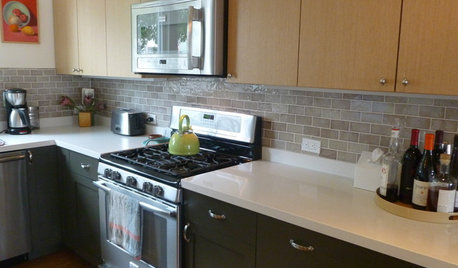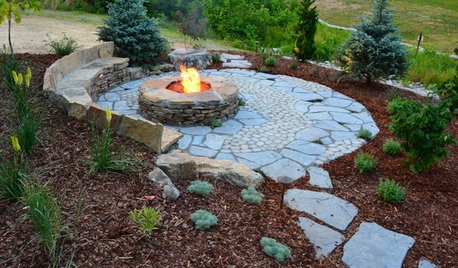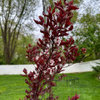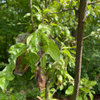Controlling Peach Brown Rot after Picking, Maximizing Shelf Life
garedneck
9 years ago
Related Stories

EDIBLE GARDENSHow to Grow Your Own Peaches and Nectarines
Make gardening a little sweeter with these juicy fruits, which you can eat after plucking or preserve for later
Full Story
KITCHEN DESIGNPearls of Wisdom From a Real-Life Kitchen Remodel
What your best friend would tell you if you were embarking on a renovation and she'd been there, done that
Full Story
BEFORE AND AFTERSBefore and After: 19 Dramatic Bathroom Makeovers
See what's possible with these examples of bathroom remodels that wow
Full Story
HOLIDAYS10 Ways Your Christmas Tree Can Live On After the Holidays
Learn how to recycle your Christmas tree and reap benefits for the environment
Full Story
MOST POPULARThree Magic Words for a Clean Home and a Better Life
Not a natural tidying and organizing whiz? Take hope in one short phrase that can change your life forever
Full Story
SMALL HOMESCan You Live a Full Life in 220 Square Feet?
Adjusting mind-sets along with furniture may be the key to happiness for tiny-home dwellers
Full Story
NEUTRAL COLORSHow to Bring Beige Walls to Life
Go for sprightly instead of snoozy by pairing beige walls with higher-octane hues
Full Story
LOFTSHouzz TV: Love and Loft Life in Downtown L.A.
Skyscraper views, exposed brick and the buzz of city life create a rich environment for a creative couple and their French bulldog, Oliver
Full Story
COLORPick-a-Paint Help: How to Create a Whole-House Color Palette
Don't be daunted. With these strategies, building a cohesive palette for your entire home is less difficult than it seems
Full Story
WALL TREATMENTSPick the Right Paint Finish to Fit Your Style
The question of finish may be as crucial as color. See which of these 9 varieties suits your space — and budget
Full Story








curtis
alan haigh
Related Professionals
West Milford Landscape Architects & Landscape Designers · Ashburn Landscape Architects & Landscape Designers · Baltimore Landscape Architects & Landscape Designers · Deer Park Landscape Architects & Landscape Designers · Glendora Landscape Architects & Landscape Designers · Sand Springs Landscape Architects & Landscape Designers · Summit Landscape Architects & Landscape Designers · Coeur d'Alene Landscape Contractors · Fort Myers Landscape Contractors · Lees Summit Landscape Contractors · Rosemount Landscape Contractors · Wheat Ridge Landscape Contractors · Wilton Landscape Contractors · Quartz Hill Landscape Contractors · Bensenville Landscape Contractorsrayrose
alan haigh
rayrose
alan haigh
garedneckOriginal Author
alan haigh
alan haigh